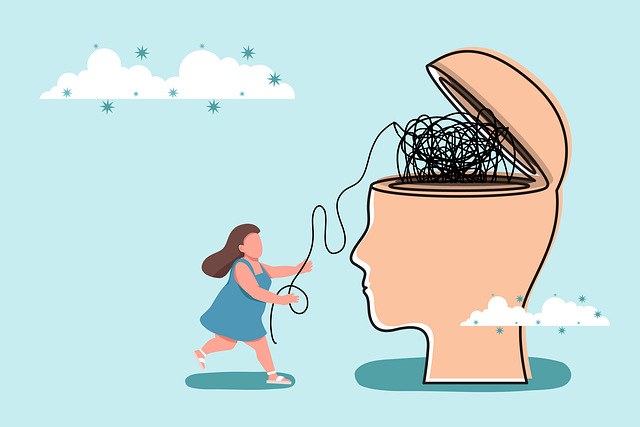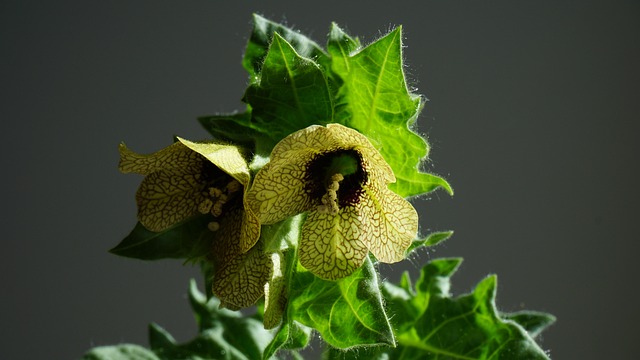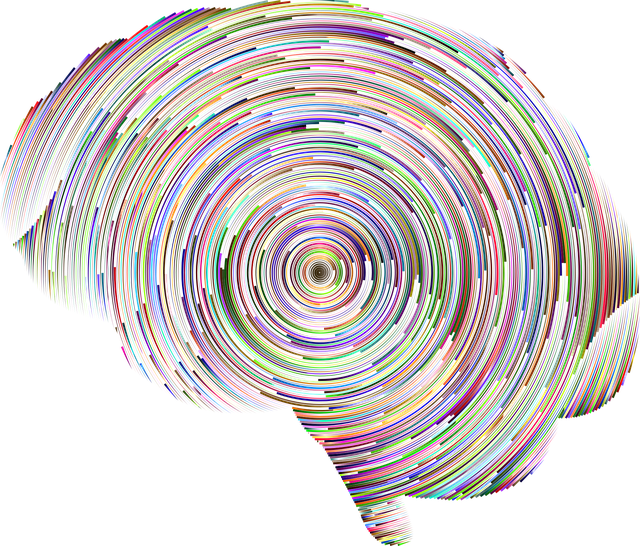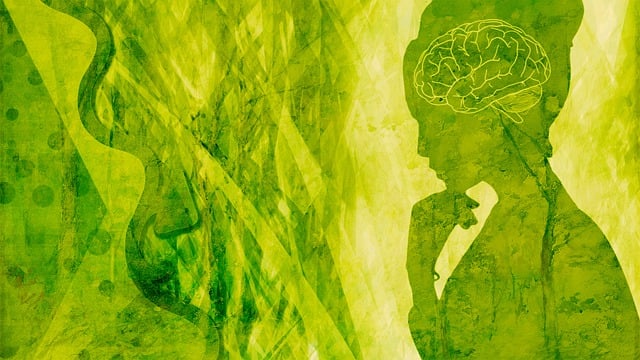Art and music psychotherapy offer non-verbal creative approaches to mental health treatment, empowering individuals to express emotions, memories, and experiences. Through artistic self-expression, clients facilitate self-discovery, process trauma, manage stress, and promote overall mental well-being in a safe, supportive environment. Music therapy, using live performances and recorded music, stimulates emotional expression and brain activity, offering benefits such as improved communication skills, enhanced cognitive function, and better coping strategies. Incorporating art and music therapy into clinical practice provides unique ways for clients to express themselves non-verbally, explore emotions, and engage in healing processes that traditional talk therapy may not reach. Proven tools for enhancing mental well-being, these creative therapies offer safe spaces for self-exploration, gaining insights, and developing coping strategies, thereby fostering resilience and improved emotional states.
Art and music psychotherapy is a powerful approach to healing, harnessing creativity to improve mental well-being. This therapeutic method recognizes the universal language of art and music as tools for self-expression and emotional release. From understanding its core principles to exploring specific techniques, this article delves into the benefits of art and music therapy for mental health psychotherapy. We examine evidence-based practices and future directions in integrating these arts into clinical settings.
Understanding Art and Music Psychotherapy

Art and music psychotherapy are innovative approaches within the field of mental health psychotherapy that utilise creative expression as a therapeutic tool. These methods recognise the power of non-verbal communication, allowing individuals to explore and express their emotions, thoughts, and experiences in unique ways. Through art and music, clients can convey complex feelings and memories that may be difficult to articulate verbally.
This form of psychotherapy encourages self-discovery and personal growth by providing an alternative means of communication. Art and music sessions offer a safe and supportive environment for individuals to connect with their inner selves, process traumatic experiences, manage stress, and enhance overall mental well-being. The therapeutic process involves active participation, where the client creates art or engages in musical expression while being guided by a trained psychotherapist who offers insights and interpretation.
The Role of Creativity in Healing

Creativity plays a pivotal role in art and music psychotherapy, offering a unique and powerful approach to healing mental health issues. The act of creating or engaging with artistic expressions provides individuals with an alternative means of communication when words may seem inadequate. This non-verbal form of self-expression allows clients to explore and articulate their emotions, thoughts, and experiences in a safe and supportive environment.
Through art and music, individuals can tap into their subconscious minds, accessing hidden feelings and memories that might be difficult to verbalize. The process encourages introspection, fosters self-awareness, and promotes emotional release, all of which are essential components of the healing journey in mental health psychotherapy. This therapeutic approach enables people to connect with their inner selves, find new perspectives, and develop healthier coping mechanisms.
Expression Through Art for Mental Well-being

Art and music psychotherapy leverages creative expression as a powerful tool for enhancing mental well-being. Through various art forms, individuals can convey emotions that might be difficult to articulate verbally, providing an outlet for their feelings and experiences. This non-verbal communication is especially beneficial for those who struggle with anxiety or trauma, allowing them to process and release intense emotions in a safe and controlled manner.
The act of creating art or engaging in music serves as a form of self-care, offering a sense of calm and relaxation. It encourages mindfulness, helping individuals stay present and focused on the task at hand, thereby reducing symptoms associated with stress and mental health disorders. By tapping into their creativity, people can gain a deeper understanding of themselves, fostering self-acceptance and resilience in the process.
Music Therapy Techniques and Benefits

Music therapy is a powerful tool within the realm of mental health psychotherapy, offering unique techniques to enhance well-being and promote healing. One prominent technique involves the use of live music performances, where therapists create an immersive experience tailored to each client’s needs. This can include improvisational playing, singing, or even just active listening to music, encouraging clients to express their emotions and connect with their inner selves. By engaging in this process, individuals may find relief from anxiety, depression, and trauma, as music has a profound ability to stimulate the brain and evoke powerful responses.
Additionally, music therapy sessions often incorporate recorded music, carefully selected to induce specific emotional states. This technique can help clients regulate their moods, improve concentration, and enhance overall mental clarity. The therapeutic process may also involve creating music, such as composing or instrument-playing, which allows for self-expression and the exploration of complex emotions. These diverse methods have been shown to provide significant benefits, including improved communication skills, enhanced cognitive function, and better coping strategies for managing stress and mental health conditions in psychotherapy settings.
Integrating Arts in Clinical Practice

Incorporating arts into clinical practice has emerged as a powerful tool within the realm of mental health psychotherapy. Art and music therapy specifically offer unique avenues for clients to express themselves, explore emotions, and engage in healing processes that traditional talk therapy might not always attain. These therapeutic modalities facilitate non-verbal communication, enabling individuals to connect with their inner selves and convey complex feelings through creative means.
The integration of arts allows therapists to cater to diverse client needs, especially those who find it challenging to verbalize their experiences. By incorporating painting, drawing, music, or dance, therapists can create a safe and supportive environment where clients can explore their mental health issues from different perspectives. This multifaceted approach not only enhances the therapeutic process but also empowers individuals to take an active role in their journey towards healing and improved well-being.
Impact on Mental Health: Evidence and Future Directions

Art and music psychotherapy offer unique and powerful tools for enhancing mental health. Numerous studies have shown their positive impact, with evidence suggesting that creative expression through art and music can reduce symptoms of anxiety, depression, and stress. These therapies provide a safe space for individuals to explore emotions, gain insights into themselves, and develop coping strategies, fostering resilience and improved well-being.
Looking ahead, future research in mental health psychotherapy could further explore the specific mechanisms behind these therapeutic effects. By understanding how art and music facilitate healing, practitioners can refine their techniques and tailor interventions to diverse populations. This innovative field holds immense potential for transforming mental healthcare, offering accessible, engaging, and effective approaches to support individuals’ emotional and psychological well-being.
